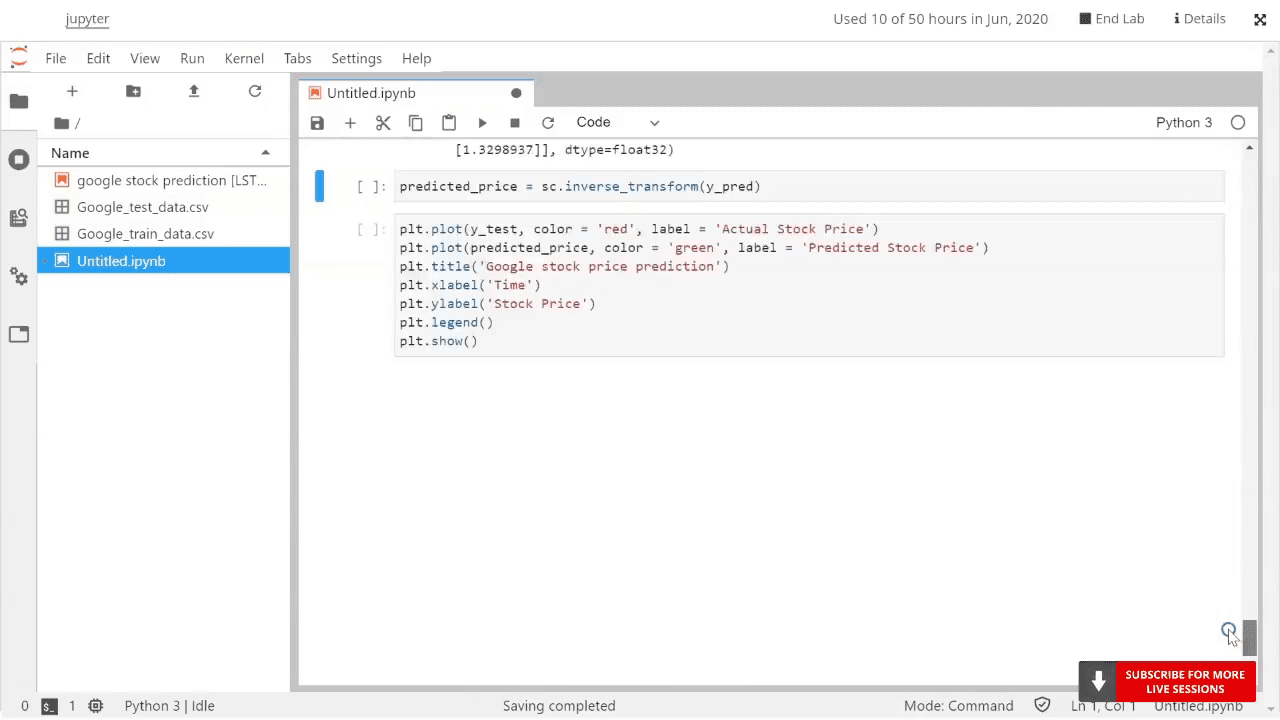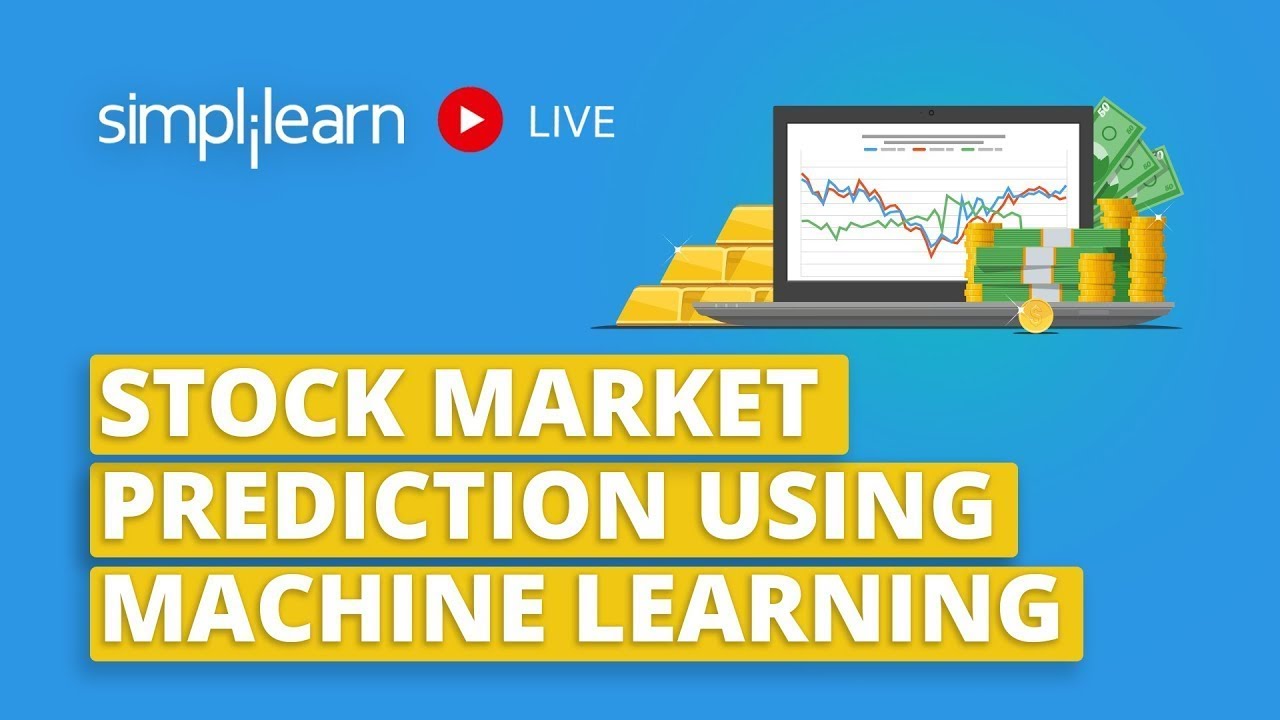Stock Market Prediction Using Machine Learning 📈
In modern capitalist societies ever more sophistication in forecasting the behavior of the Stock Market Prediction is required from its investors and analysts. Nowadays, machine learning tools are changing the paradigm of traditional methods of stock market analysis. This particular blog post covers the art of stock price forecasting with the help of machine learning methods including Linear Regression and Long Short-Term Memory networks. Let us start with the methods first and understand how they can be used to predict stock prices accurately.
Understanding the Stock Market 📊
A stock exchange is a marketplace for the trading of equities and other securities. It acts as a secondary market in which companies can obtain additional funds by giving up a portion of their ownership…in the form of diversified ownership amongst the public. Investors purchase these with the expectation that they can sell them for a profit in the future when their value is high.
Stock exchanges are organized with the help of a set structure that includes trade.volumes.net or NYSE, NASDAQ which belongs to the United States, Indian stock exchanges BSE and NSE or Ntional Stock Market. It is important to know the basic mechanisms of how these markets work to any person who is willing to trade in any stock/ invest in such markets.
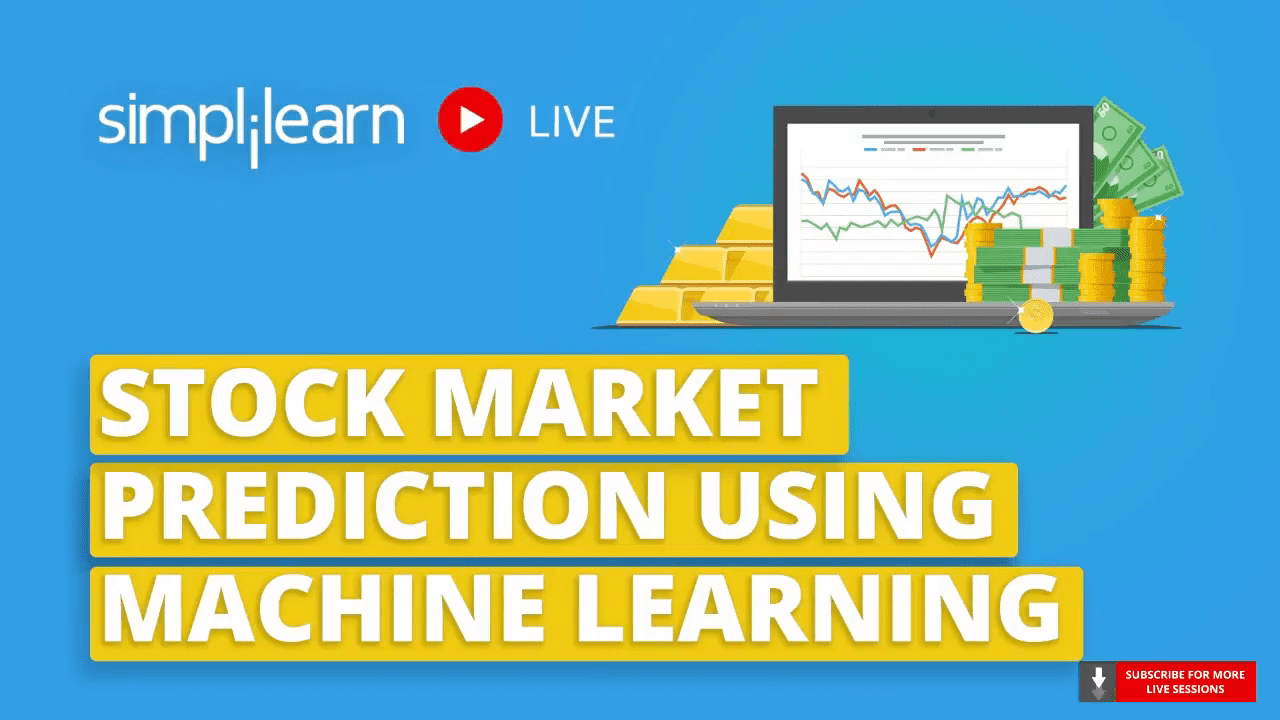
Importance of Stock Market Prediction 🔍
The prediction of the stock market is a crucial aspect of the investment portfolio. It guides the prospective buyers and sellers of shares about the expected price alterations and when to transact. If investors could get the forecast of the stock price, they will put their portfolio in an optimum manner to get better returns.
Machine learning methods are able to process Big Data and find nontrivial properties in data regularities over time. This allows a wider range of operations to improve prediction accuracy which results in more and better investment decisions. On the contrary, forecasting of stock prices is complicated to work on stocks due to the nature of the stock market.

Machine Learning Techniques for Stock Prediction 🤖
Machine learning offers various algorithms that can be applied to stock market prediction. The two primary techniques discussed in this blog are Linear Regression and LSTM networks. Each of these methods has its strengths and weaknesses, making them suitable for different types of data and prediction tasks.
Linear Regression 📈
Linear regression is a straightforward statistical method used to model the relationship between a dependent variable (in this case, stock prices) and one or more independent variables (factors influencing those prices). The goal is to find the best-fitting line through the data points, which can then be used to make predictions.
The formula for a simple linear regression model is:
Y = a + bX
Where:
- Y = predicted value (stock price)
- a = intercept
- b = slope of the line
- X = independent variable (e.g., time, trading volume)
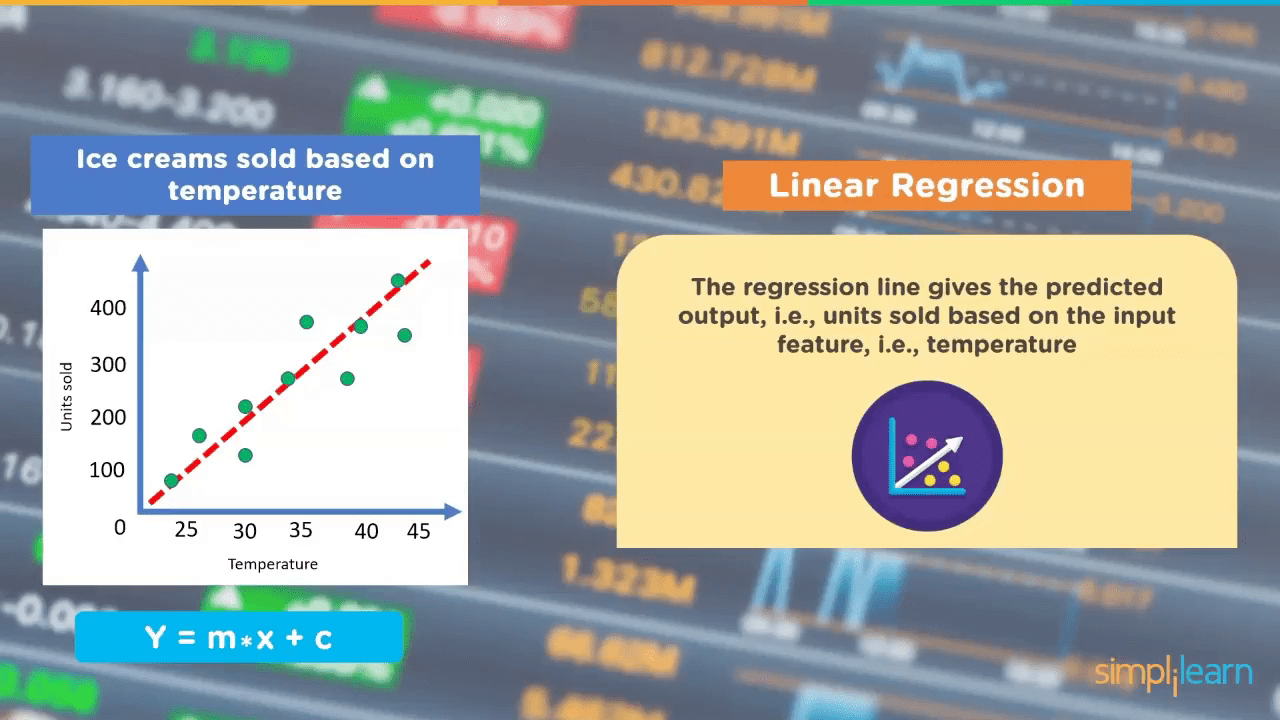
Long Short-Term Memory (LSTM) Networks ⏳
LSTM networks, a type of recurrent neural network (RNN), model sequences of data and excel in time series prediction, such as stock prices. Unlike traditional RNNs, LSTMs remember long-term dependencies, which is crucial for analyzing financial data influenced by past events.
LSTMs work by using a series of gates that regulate the flow of information. This allows them to learn from previous time steps while discarding irrelevant information. As a result, LSTMs can capture trends and patterns in stock price movements more effectively than simpler models.
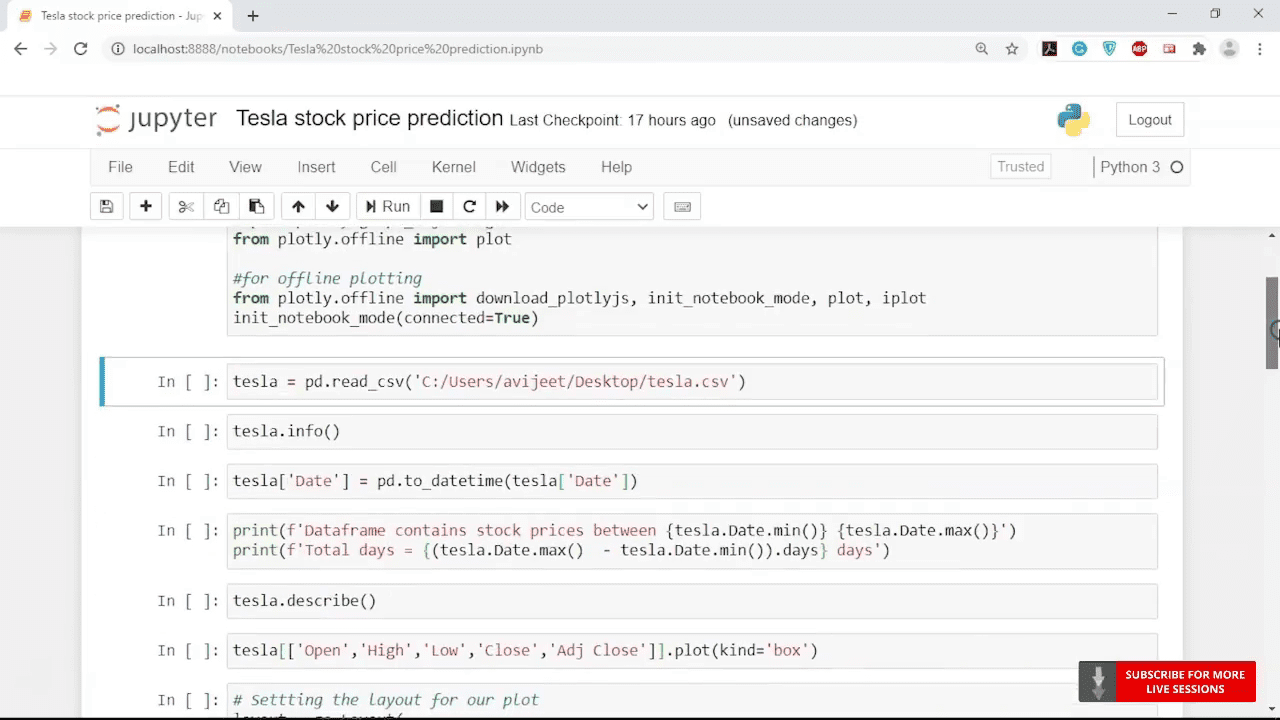
Data Preparation for Modeling 🗂️
Before applying machine learning techniques, it’s essential to prepare the data correctly. This involves several steps, including data collection, cleaning, normalization, and splitting into training and testing datasets.
Data Collection 📊
Data can be collected from various sources, including financial databases, APIs, and web scraping. It’s crucial to gather historical stock prices, trading volumes, and any other relevant features that could impact stock prices.
Data Cleaning and Normalization 🧹
Data often contains missing or erroneous values that need to be addressed. Cleaning the data involves removing or imputing these values. Normalization is also important to ensure all features contribute equally to the model’s predictions. This typically involves scaling the data to a specific range, such as 0 to 1.
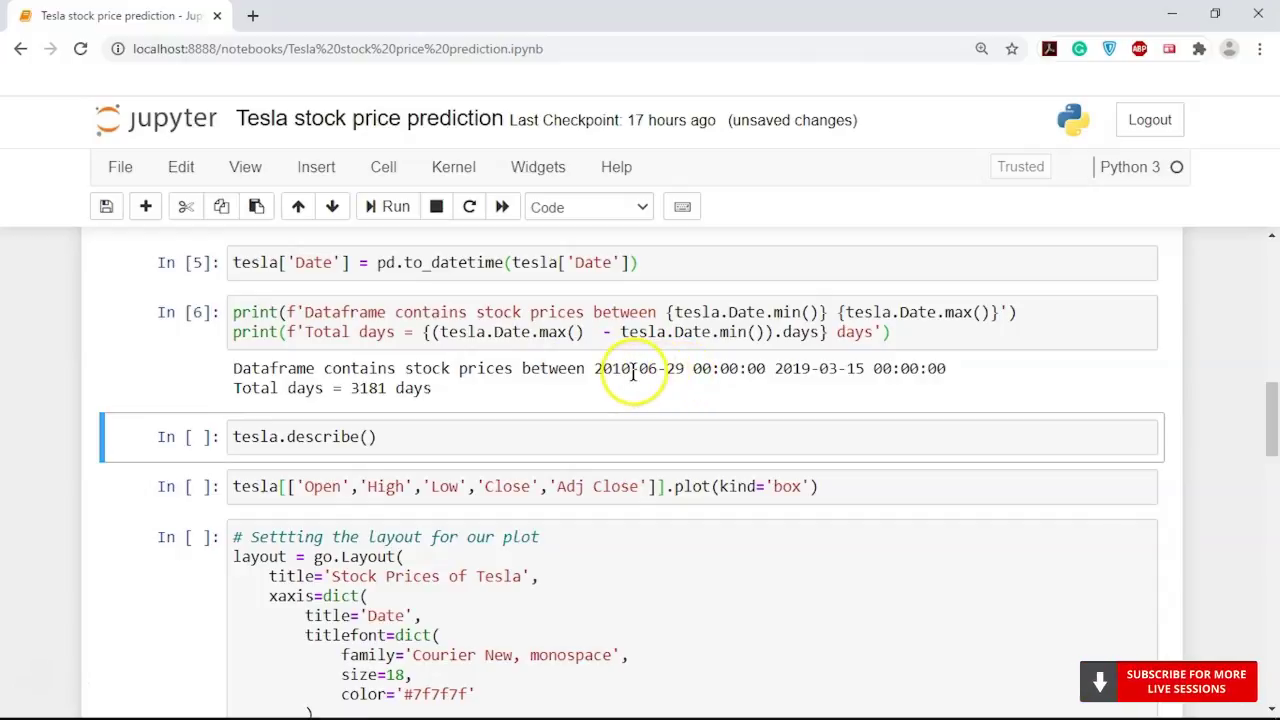
Building and Training the Model 🏗️
Once the data is prepared, the next step is to build and train the machine learning model. This involves selecting the appropriate algorithm, configuring its parameters, and training it on the training dataset.
Training the Linear Regression Model 📈
In the case of linear regression, during the training phase, the aim is to obtain the optimal straight line through the training datapoints. Usually, the procedure involves some least squares estimation that seeks to minimize the sum of the squared residuals.
Training the LSTM Model 🧠
As part of this learning, writer has to structure the LSTM network – determine the number of layers and units in each layer, among other issues. For deep learning methods, education of the LSTM network is done applying backpropagation through time (BPTT), where the weights used in prediction are adapted as based on errors in the predicted outputs.
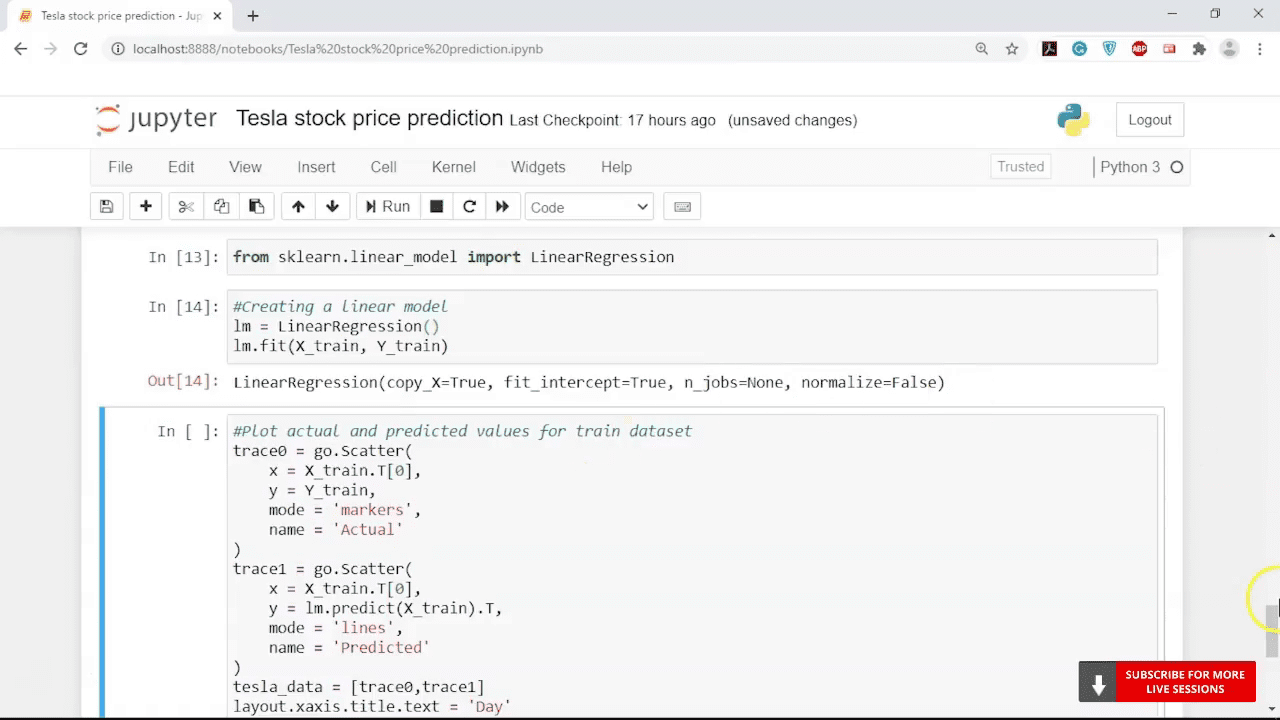
Evaluating the Model Performance 📊
Once the models are built, the next step is to test their performance on the testing dataset. This often involves the use of techniques such as Mean Absolute Error (MAE), Mean Squared Error (MSE), and R-squared measures. These measures help formulate an understanding of the extent of stock price predictability utilizing different models despite the data being new.
Visualizing Predictions 📉
Comparison of predicted stock prices and actual stock prices can also help evaluate the efficiency of the model. Graphs can also show the degree to which the forecasts correspond to actual data and hence the usefulness of the model.
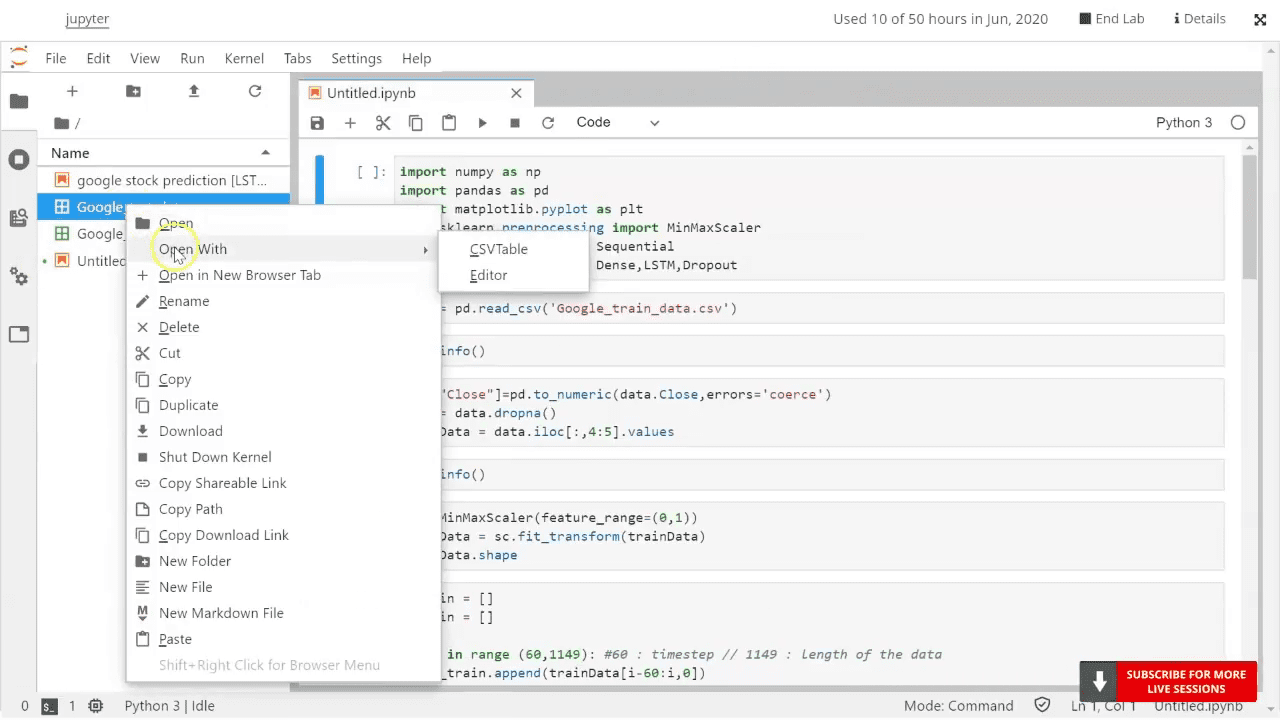
Conclusion and Future Directions 🔮
Machine learning has remarkably improved the way we formulate stock market forecasts and hypotheses. Linear Regression Techniques along with LSTM networks allow investors to invest in a more data-based economy intelligently. Enforce the importance of accepting predictions, as no single model guarantees absolute success in the unpredictable finance industry.
As for the future, concepts like ensemble methods and deep learning can dramatically improve the accuracy of forecasting. This is because there will always be more discoveries that offer new findings on this subject and thus lead to better models that will be able to handle the stock requirements.
Like always, investors must use machine learning along with fundamental analysis of the company and market in order to increase the probability of success.
